Raspberry jam is the perfect delicacy with a cold. Also our ancestors guess what kind of living force there is a juicy berry. Today, this shrub on the site does not grow except the lazy - Malina quickly goes into growth and gives a rich delicious harvest.
If you are just going to get a bush of raspberries in my garden, you will most likely advise you to purchase a tree, or a straak plant. What kind of raspberries, how to put it right and what care is to ensure, find out in the article.
What raspberry is called tree?
With the word "raspberry" it is easy to imagine a handful of raspberry berries on the palm, as well as bushes, which, without proper supervision, become impassable thickets. That is why ordinary plants varieties are preferable to grow with a central way. But there is a kind of raspberry, growing completely different than an ordinary Malinnik. This is a tree raspberry. The title reflects the distinctive feature of the species - the shrub can boast thick, very strong and branched shoots. That is why this species is also called the raspberry tree. Subject to regular chipquarters, the bush turns into a miniature tree. However, the frivolous neglect of a special agricultural engine will make all the same thickets, which are unlikely to delight with a rich harvest. Therefore, when the unscrupulous seller will start misleading you, telling about the raspberry tree, do not let yourself be deceived - there is no such plant. But there is a tree-like raspberry, which can be given a tree look, applying some efforts.
Varieties of tree raspberry
Annually, gardening piggy bank is replenished with new raspberry varieties - everyone will find the one that he will like him. We list the most popular types of shrubs:
- Stammer Malina Tarusa. Palm of championship in demand Statistics gave this rich in the harvest average variety. It stretches up to a height of 2 m. Wax on the touch branches are not protected by spikes. Tarusa shows high frost resistance - withstand temperatures up to -30 0C. In addition, the plant has a low susceptibility threshold for various infectious diseases. His bright crimson berries have an extended shape and gain weight until 15 g.
- Stamp raspberry fairy tale. This tree-like bush height is 1.5 - 1.8 m affects the volume of the crop - from one plant you can collect more than 12 kg of berries! The fairy tale is distinguished by a medium ripening period, as well as rapidity: conesoid very sweet berries are quenched in mid-July. Fruits large with weight up to 20 g. The variety copes well at low temperatures (up to -23 0C) and pathogens of various diseases.
- Stumbing raspberry fades. Like a fairy tale, this is a high-term ripening bush with rather large berries weighing from 5 to 10 g. With strict compliance with the rules of agrotechnology from one bush of the plant, you can get up to 4 kg of harvest. Folding, justifying its name, grows independently, without support. The berries of the sour-sweet taste are formulated by clusters, but strong branches under their weight do not steal. The height of the bush reaches 1.5 - 1.7 m.
- Stammer Malina Galaxy. The variety is characterized by impressive indicators of yields - up to 20 kg from one bush. The mid-grade shrub stretches to 1.5 - 2 m in height. The galaxy is a strongly compressed and very developed plant that is not afraid of cold weather. Malina begins to be froning from the second decade of July to the tenths of August. During this time, you can produce 4 - 5 hand harvest fees. Galaxy - raspberry railing railing. It gives burgundy berries of an impressive size with a dense and very juicy flesh. Fruits are perfectly transported.
Landing of tree raspberry
We list the basic requirements for planting a strambered bush.
Choose a suitable place for seedlings
Raspberries prefers to grow in brightly illuminated by the sun, inaccessible to drafts and strong winds. The most comfortable conditions for the busts of the tree plant are the slopes that are not affected by soil or non-flowing water. To just planted seedlings of tree raspberries immediately went into growth, the environment in the soil should be neutral or weakly acidic. Nice drainage is no less important.
Having planted with raspberries, be forex - immediately think about how the plant will winter on the place chosen by you, will it cover the stroke of snow during the cold season? If not, you will have to protect bushes from frost, bending their branches to the ground.
The worst of all the raspberries are taken where representatives of the grained - potatoes or tomatoes grew to it. The site prepared from the fall is best to plant rapeseed, mustard or any legume culture (alfaling, pea).
How to determine suitable moment
Wood-like raspberry, like any other kind of shrub, can be squeezed in autumn and spring. The approximate time of the spring landing is the second decade of April. However, do not forget that the location of the region can make certain adjustments within this time. In the territories with a cold climate (for example, the Ural Lands) at this time, the Earth can be still covered with snow. Some gardeners tend to think that it is better to plant raspberries in spring. If you decide to follow this advice, take into account that the shrub is successfully involved in the condition if the kidneys have not had time to disperse. The optimal time for planting tree raspberries in the fall is the end of September. Only planted bushes are dipped by 10 - 12 cm from the soil level. This is a reliable protection of the lower kidneys from severe frosts.
How to plant a tree raspberry
There are two options for planting a tree raspberry - bush and tape.
The bush method is that each seedling is placed in a separate landing pit, and with ribbon - bushes one after another put in a trench. It is probably impossible to determine the more correct option, since each will use the way that it considers most convenient.
If you prefer the bush method, dig up the seats of 50 per 50 cm. The roots of the cooked bushes are immersed first into the solution of the cowboy, then lower in the well and sprinkle with top of fertile land. Do not forget to leave interval in 1 m between seedlings.
For the landing of the tree of the raspberry, the trench will need a trench of 0.5 m in width and depth. If you plan to place seedlings into several rows, save a distance of 2 meters between them. The bushes planted next to each other. In addition, it will be inconvenient to trim branches and collect harvest from them. The interval between the bushes in one trench should be about 40 cm. Immediately before planting, enter the ground in the form of fertilizers, humidiation and wood ash. Keep in mind that the seedling needs to be placed in the landing pit so that after the soil sedimentation, he "sat" at 2 - 3 cm deeper than the level on which there was a landing on a permanent place.
Raspberry Tree: Care
Timely trimming, processing of fungicidal means, feeding and binding for the winter period - these are the basic procedures that will provide a rich crop to the raspberry tree.
With the arrival of spring, as soon as the snow melts, the bustle of the tree raspberries need to be treated with special fungicides, which will remove its branches and leaves from such an attack, like gray rot, leaf spot, septorize, anthracnose and rust. As such a means, a burglar liquid is suitable 3%. The second time the procedure is repeated in October. In the period from the end of April to May, the land around the fruiting plant bushes loose and mulch - Malina will certainly appreciate it.
In October, in addition to the prevention of infectious diseases of the tree raspberry, it is necessary to take care of another important matter: tie the bushes until their branches have lost their flexibility. The branches of one bush bend to the ground and bind to the branches of the neighboring plant. The tied branches should be located at an altitude of at least 30 cm from the surface of the Earth. After that, organic fertilizers contribute under each bush.
A tree raspberry needs regular moisture. During the appearance of colors and berries, this issue needs to be paid special attention - to water raspberries 1 time per week, bringing at least 5 liters of water under each bush. In this case, the droplet irrigation system helps.
Throughout the summer, raspberry from time to time you need to handle carbofos. This insecticidal and acaricidal agent will save the plant from the potential danger in the form of raspberry beetles, flies, weevils, leaf outdoors and other pests.
In early July, they begin to actively ripen delicious berries. It is during this period that the tree plant especially needs to be fed - for this use mineral and organic fertilizers. In October, to prepare bushes for the coming of winter, the soil is enriched with humus or manure (5 - 6 kg per 1 m 2). The procedure implies mulching: the ground is coated with a layer of organods with a thickness of 7 cm, and then 2 cm of fertile soil are poured. Then everyone is carefully loosen.
Pruning is one more of the mandatory requirements of the tree raspberry. This procedure is no different from such a care for ordinary forms of raspberries. The bush needs to be released from sick branches and old shoots that will no longer bring berries. Some gardeners use a double trim method, leaving only one obscurity. In late May - early June, when the escape height reaches 1 m, you need to shorten it for 10 - 15 cm. As a result, on the outcome of the summer you will get a miniature bush with 5 - 6 side shoots. In this form, tree raspberries and punishes.
The re-procedure awaits the plant in the late spring, when the leaves (second or third decade of May) are completely dissolved. Side shoots cut off, shorting them on 5 - 12 cm.
The reproduction of tree raspberry
To acquire the raspberry tree, each gardener certainly wishes to learn how to propagate the plant. This can be done with a row of a bush or its root cuttings. The cuttings use when the bush will acquire a small number of "children." List the main steps of the procedure:
- Slope the ripe bush and select the roots on which there are kidneys.
- Cut the roots on the cuttings. Each should be 1 - 2 healthy kidneys.
- Stick cuttings in a container filled with peat and sands in the proportion of 1 to 1. There they will soon be launched root and start growing.
- To stimulate active growth, put boxes with cuttings into a warm place where daylight and sun rays penetrate. After some time, sprouts will seem from the nutrient mixture.
- When you are sure that the cuttings are firmly rooted, dissolve them in separate landing boxes with fertile land, and for the next season you will be provided with a party of strong seedlings grown with their own hands.
Modifying tree raspberry threshold even easier. Procedure Next:
- Slop the sprouted young raspberry shoots in such a way that a small part of the root remains on each of the new bush.
- Transfer these seedlings in advanced wells. Mulch the soil around them, provide enough water and fertilizer.
- If an adult plant for some reason produces little "kids", it can be stimulated for more active actions. To do this, it is necessary to cut the main processes of all branches to the earth itself, and after a while, the raspberry bush will certainly acquire new sprouts.
Malina Diseases and Pest
Delicious berries of shrubs were loved not only to us - on branches, leaves and fruits of the raspberry tree regularly hunt pathogens of various diseases and malicious insects. In the photo, a tree raspberry is disfigured by a gray rot.
Gray rot, usually overtakes the plant in rainy over measures of the seasons - then the crop loss is about 50%. However, this is not the only problem that the owner of the raspberry tree has to be solved. We list the most common diseases that can destroy raspberries:
- Purple spottedness is a danger to leaves, kidneys and annual plants.
- The anthracnose - destroys the shoots, leaves and fruits of raspberry wood, covering them with a mystery of small purple spots. Over time, these points increase and brighten, merging into extensive ulcers. Live tissue is cracked under them.
- Ulcerative spot - at an early stage, this fungal disease is manifested by brown reel spirits on stems. As the disease develops, wood fabric stem collapses. Strongly weakened shoots break in the affected places.
The pests dangerous for the tree of raspberries are also enough - this is a raspberry mosquito, Malino-strawberry weevil, aphid, ordinary web tick.
If the condition of the raspberry tree indicates the need for additional processing, it is necessary without delay to use long-developed methods of infection on infections and insect pests.
To clear the soil contaminated with pathogens / larvae, in the fall or at the very beginning of spring, the remains of the patient plant should be composting or burned. Then the land is carefully loosened to a depth of about 10 cm.
When Raspberries blooms, beetles and weevils represent a special danger to her. To protect the plant, insects shake with branches in an inverted umbrella. Then pests are sent to the bucket, they are kerose and burned. And the propagation of gray rotes effectively prevents the pine needles, unfolded along the line of the tree shrub.
The main measures to prevent diseases and insect attacks are such events:
- removing stems without a residue in the form of hemp;
- cutting the lower sections of the stems (at a height of up to 40 cm);
- removal of the remnants of the diseased plant in the ranks;
- dropping soil in autumn or spring.
In addition, it is possible to prevent infection of tree raspberry bushes, making the boundaries of the site on which they grow defined by the "Sanitary" plants. For example, ordinary marks are scared from the plant of the tick and prevent the spread of rot. 3 - 4-year-old sowing of vegetable beans, landed in close proximity to the raspberry tree, will not allow a wireman to him. Afraid insects and dill. It must be planted next to the raspberry bushes from May to August. Flies, moles and fleels are saved from the smell of the pizhma, and the mice are not tolerated by a cheva, a Chernyland of a medicinal and white mustard.
How to form a raspberry tree bush. Video

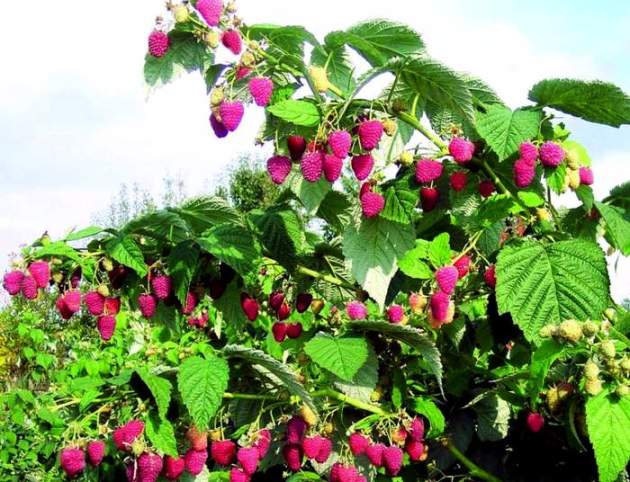
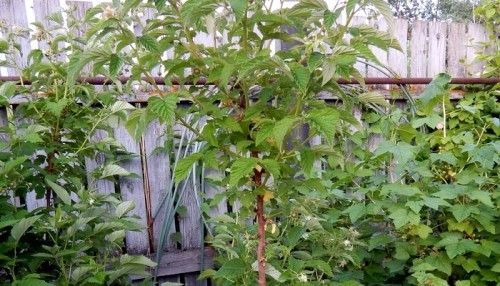
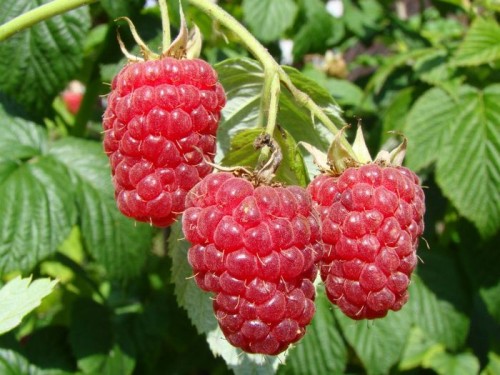
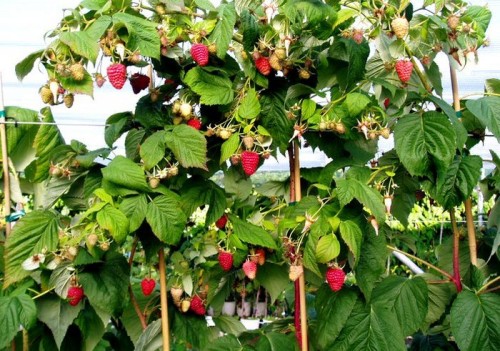
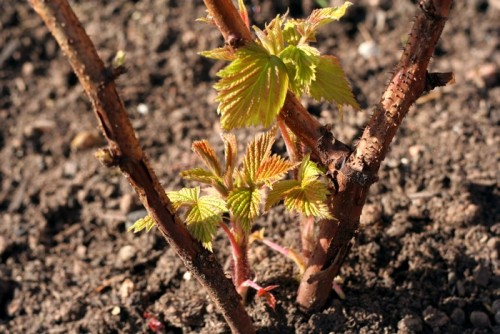
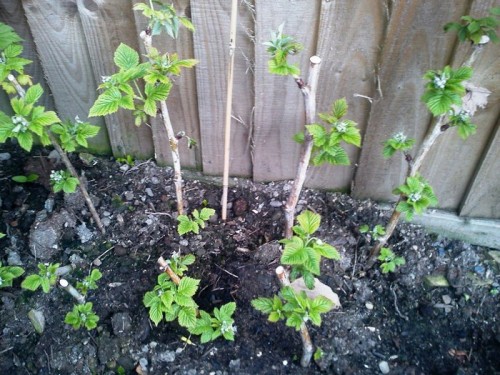
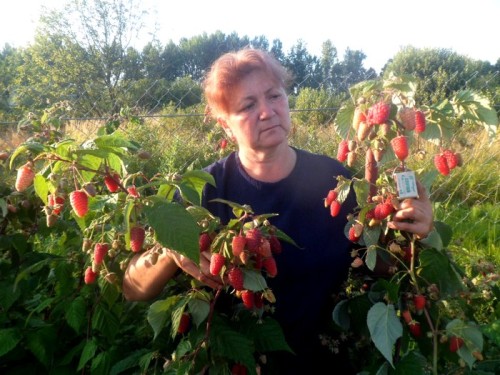
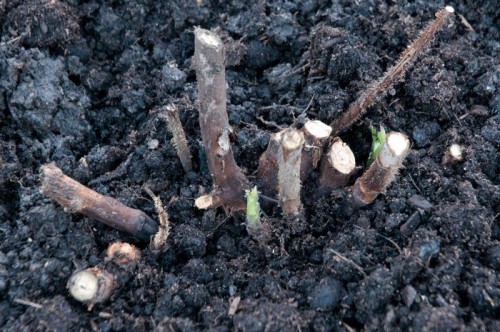
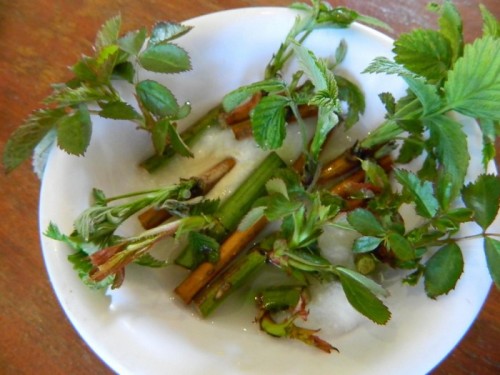
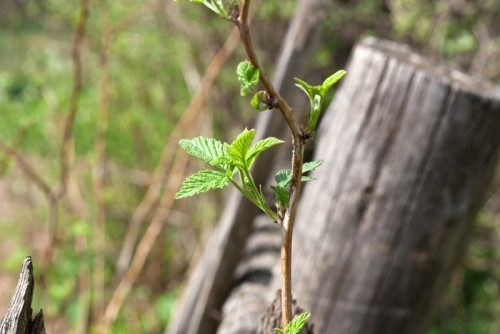

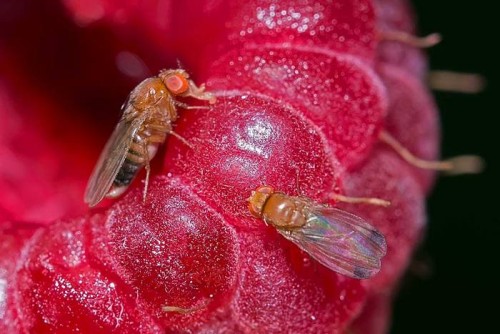












 Start a discussion ...
Start a discussion ...